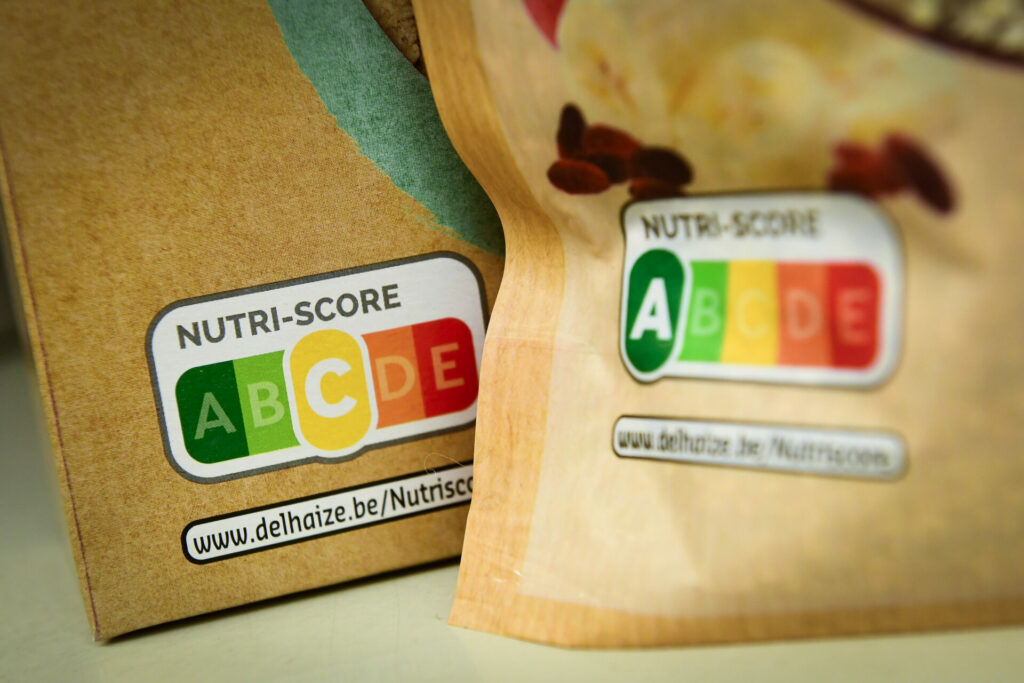The health-conscious among us have surely been taking note of the Nutri-Score information which appears on most food products in Belgium. The small logo composed of letters that go from A to E, and colours, is supposed to help us better choose our food products and make healthier choices.
The Nutri-Score has increasingly been in the news as the EU has proposed to make the use of the logo mandatory at the end of 2022. But questions remain about how effective and accurate it may be.
Each rating comes from a calculation made by an algorithm that consists of granting points according to the content of fibre, protein, vegetables, fruits, oilseeds, etc. and deducting points according to the amount of fat, saturated fat or salt for example.
Use of the score
"It's interesting if you compare foods with each other," Véronique Liesse, nutritionist-dietician, said. "Some food companies skillfully handle the score and manage to get fairly unsavoury foods to get a B or even an A."
The score can be a good way to compare two different kinds of the same product, she said but can be misleading when comparing widely different foods, like oil which is necessary but will always have a lower score compared with a vegetable pizza which will have a higher rating as it contains vegetables.
Related News
- Over 60 baby foods in Belgium don’t meet nutritional requirements
- Including calories on menus in Belgium is not a good idea, say dieticians
- Vegetarianism ‘no longer niche’: more Belgians go without meat
"We must be sensible and realise that just because a food is rated E, this doesn't mean you should refrain from consuming it," Liesse said. "If we eat it every day and at all meals then yes, it can become problematic."
Food companies can manipulate the score because the criteria used for the algorithm are known and accessible to all. You can easily download the Excel spreadsheet containing all the criteria.
You indicate the ingredients, and this automatically gives you the Nutri-Score. So, the recipes are a little modified, a few vegetables added here, a little protein there and lo and behold, it improves the Nutri-Score. As a result, the score only takes into account the presence of nutrients.
Solutions and adaptations
It must be recognized that it is very difficult, if not impossible, to find a system that is both easy to understand, very visual and perfectly reflective of reality. But to make it really interesting, we would have to take into account at least two additional factors.
The first would be the level of processing. Today you can have, for example, a real cheese made in the traditional way, with all its benefits because it will be made with raw milk, which will have a lower score than an ultra-industrial cheese that will be lightened so that it will contain less fat and fewer calories. But that doesn't make it a better food for your health, it will actually be less healthy.
The second would be to consider the number of additives used in the food. The Nutri-Score does not take this into account at all.
So, the Nutri-Score has its uses, but experts agree that before the mandatory introduction comes in at the end of the year, some adaptation to its criteria must be considered.


